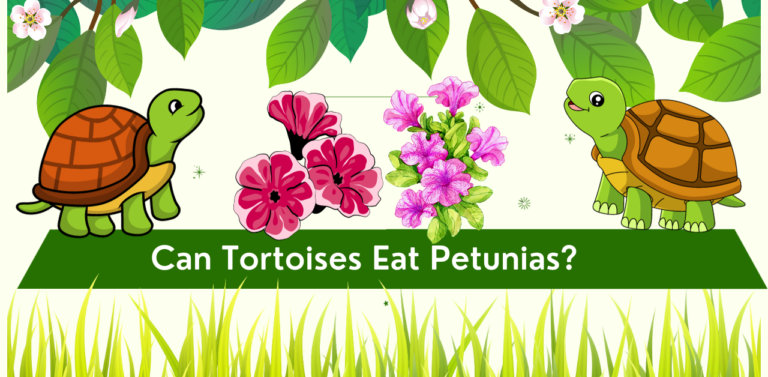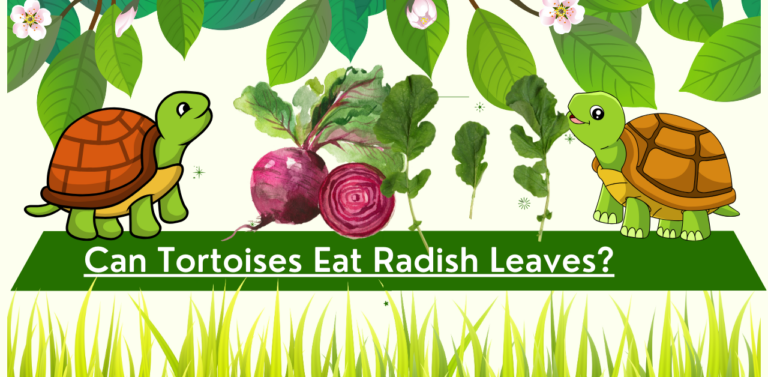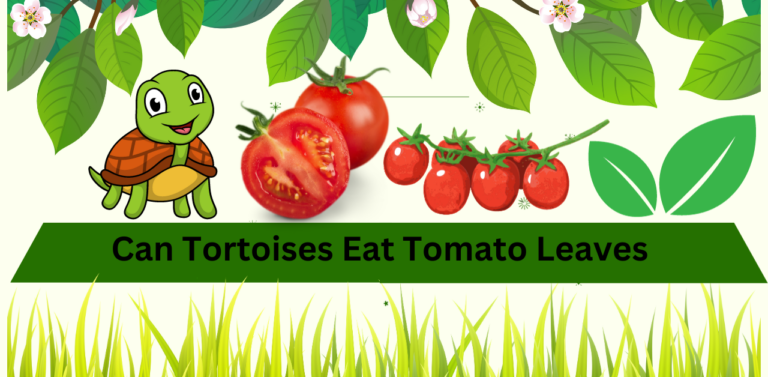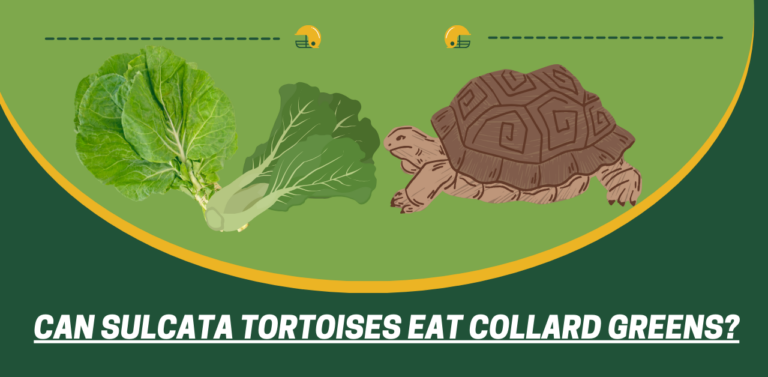Turtles are captivating animals known for their sluggish and intentional speed of life. These herbivorous reptiles have novel dietary necessities that shift contingent on their species. One question that often arises in the minds of tortoise owners and enthusiasts is whether tortoises can Eat Cavolo Nero. In this article, we will dig into the dietary parts of cavolo nero and whether it is a reasonable expansion to a turtle’s menu.
Understanding the Cavolo Nero:
Cavolo nero, otherwise called dark kale or Tuscan kale, is a verdant green vegetable that has a place with the Brassica oleracea family, very much like other notable cruciferous vegetables like broccoli, cabbage, and cauliflower. It is famous for its dim green, badly creased leaves and is a well-known fixing in numerous Mediterranean dishes.
Nutritional Composition of Cavolo Nero:
Before bringing any new food thing into your turtle’s eating routine, understanding its dietary composition is pivotal. This will assist you with arriving at an educated conclusion about whether it is reasonable for your pet.
- Fiber: Cavolo Nero is rich in dietary fiber, which is fundamental for a turtle’s stomach-related well-being. Fiber supports legitimate stomach capability and forestalls issues like stoppage.
- Vitamins: This kale variation is a decent wellspring of nutrients, especially vitamin A, which is imperative for keeping a turtle’s vision and general well-being. It additionally contains L-ascorbic acid, which helps the insusceptible framework.
- Minerals: Cavolo nero gives fundamental minerals like calcium and phosphorus. Calcium is especially significant for turtles, as it upholds their shell advancement and bone wellbeing.
- Antioxidants: The presence of cancer prevention agents in cavolo nero can assist with safeguarding your turtle’s cells from harm brought about by free extremists.
- Low Oxalate Content: Compared to other salad greens, cavolo nero has a somewhat low oxalate content. High oxalate levels can impede calcium assimilation in turtles, which is why picking greens with lower oxalate levels is critical.
Feeding Cavolo Nero to Tortoises:
Cavolo nero can for sure be remembered for a turtle’s eating regimen, yet it ought to be taken care of with some restraint and as a component of an even eating routine. It ought to never be the sole food hotspot for your turtle. Here are a few ways to take care of cavolo nero to your turtle:
- Variety is Key: Turtles benefit from a different eating regimen. Pivot cavolo nero with other salad greens like dandelion greens, collard greens, and mustard greens to guarantee they get a scope of supplements.
- Chop and Offer in Small Portions: Cut cavolo nero into reduced-down parts to make it more straightforward for your turtle to consume.
- Wash Thoroughly: Consistently wash mixed greens to eliminate any pesticides or pollutants before offering them to your turtle.
- Monitor Your Tortoise: Focus on how your turtle responds to cavolo nero. A few people might have inclinations, and it’s critical to guarantee they are eating it with practically no issues.
- Balance Calcium and Phosphorus: To keep up with legitimate calcium-to-phosphorus proportions, consider cleaning cavolo nero with a calcium supplement prior to serving it to your turtle.
Can Hermann Tortoises Eat Cavolo Nero?
Hermann’s turtles (Testudo hermanni) are herbivorous reptiles, and they fundamentally feed on a tight eating routine comprising of various salad greens and plants. Cavolo nero, otherwise called Tuscan kale or dark kale, is a kind of verdant green vegetable. While Hermann’s turtles can consume a scope of salad greens, it’s fundamental to furnish them with a different eating routine to guarantee they get every one of the important supplements they need for legitimate development and well-being.
Cavolo nero can be remembered for a Hermann’s turtle’s eating regimen, however it ought to be presented with some restraint and as a feature of a reasonable menu. Like other salad greens, cavolo nero gives fundamental nutrients, minerals, and fiber. Nonetheless, it’s pivotal to turn it in with different greens, for example, dandelion greens, collard greens, mustard greens, and other reasonable choices to give various supplements.
While taking care of cavolo nero to Hermann’s turtles or any turtle species, think about the accompanying rules:
- Chop into Bite-Sized Pieces: Cut the cavolo nero into little, sensible parts to make it more straightforward for your turtle to consume.
- Wash Thoroughly: Consistently wash mixed greens completely to eliminate any pesticides or foreign substances prior to offering them to your turtle.
- Monitor Your Tortoise: See how your Hermann’s turtle responds to cavolo nero. A few turtles might have inclinations for specific greens, so it’s essential to guarantee they are eating them with no issues.
- Balance Calcium and Phosphorus: To keep up with legitimate calcium-to-phosphorus proportions, consider cleaning cavolo nero with a calcium supplement before serving it to your turtle.
- Diverse Diet: While cavolo nero can be a piece of their eating regimen, try to give other reasonable greens and vegetables to guarantee a balanced healthful admission.
Continuously talk with a veterinarian or a reptile expert for explicit dietary suggestions custom-fitted to your Hermann’s turtle’s age, size, and well-being status. These specialists can give important directions to guarantee your turtle gets a suitable eating routine to flourish and remain sound.
Conclusion: Can Tortoises Eat Cavolo Nero?
All in all, cavolo nero can be a nutritious expansion to your turtle’s eating regimen. When presented with some restraint and as a feature of a fair menu. This verdant green gives fundamental nutrients, minerals, and fiber that add to your turtle’s general well-being. Be that as it may. Consistently talk with a veterinarian or reptile expert to guarantee you are meeting the particular dietary necessities of your turtle. As prerequisites might fluctuate among various turtle species. Recall that keeping a different and even eating regimen is fundamental for the drawn-out well-being and prosperity of your turtle.
FAQs: Can Tortoises Eat Cavolo Nero?
Baby tortoises have different dietary needs compared to adults. Consult with an expert to ensure that cavolo nero is suitable for your baby tortoise’s specific age and species.
Cavolo nero can generally be fed to various tortoise species, but the specific dietary requirements may vary. Consult with a veterinarian or reptile specialist for species-specific recommendations.
Chop cavolo nero into small, manageable pieces to make it easier for your tortoise to eat. Ensure it is washed thoroughly to remove any contaminants.
No, cavolo nero should not be the sole food source for your tortoise. It should be part of a varied diet that includes other leafy greens and vegetables.
Offer cavolo nero as an occasional treat or part of a rotation of greens, ensuring a diverse diet for your tortoise.






